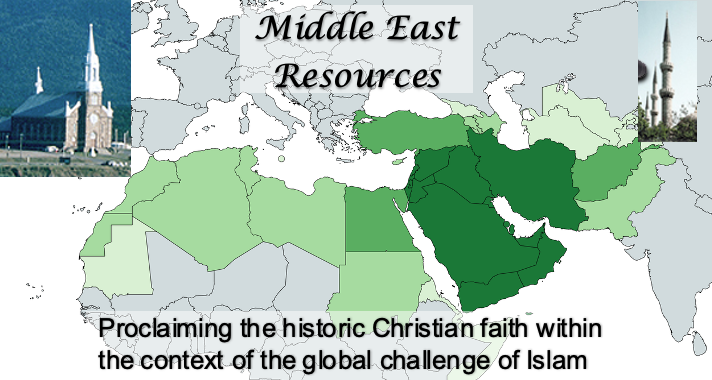LOUIS SEGOND’S CONTRIBUTION TO BIBLE TRANSLATIONS
Introduction
During the mid 1930’s, the United Bible Societies published a poster with this title: THE BIBLE IN 1000 LANGUAGES AND DIALECTS, noting that that made the Scriptures the most translated book in history.
Throughout history, the translation of the Bible was undertaken either by several translators or by one person.
200 BC marked the completion of the Septuagint Greek Manuscripts, which contain the 39 books of the Old Testament plus 14 books of the Apocrypha. The received account is that 70 scholars in Alexandria, Egypt accomplished this monumental task. The Septuagint was the first known translation of a major portion of the Bible into another language, and since it was a translation from a relatively obscure language (Hebrew) to the lingua franca of the educated populace within the Roman Empire (Greek), it made God's word accessible to much of Europe, the Middle East, and North Africa.
Examples of an individual translator
382 AD Jerome produced the Latin Vulgate Manuscripts, which contain all 80 Books (39 Old Testament + 14 Apocrypha + 27 New Testament). The Vulgate was the first known translation of the entire Bible into another language, and since it was a translation from the language of the educated (Greek) to the language of the masses (Latin), it made God's Word accessible to a larger portion of the members of the Catholic church.
Martin Luther’s complete translation of the Bible into German was released in 1534. Luther produced one of the first translations into a contemporary medieval language, making the Bible accessible to German speakers, which was especially important due to the Protestant Reformation.
A year later, in 1535, John Calvin’s cousin, Pierre Robert Olivétan, translated the Bible into French from the original Hebrew and Greek. Olivétan provided the same service to contemporary French speakers.
Also in 1535, William Tyndale made the Bible accessible to contemporary English speakers.
What is notable about each of these ground-breaking translations is how they expanded access to God’s Word to a major new population and spurred scholarship in additional languages.
During the nineteenth century, France’s empire consisted of large parts of Africa. It included the North African lands of Algeria (1848), Tunisia (1881), and Morocco (1912) and several parts of Sub-Saharan Africa. French colonialism was accompanied by educational institutions that contributed to the rise of a cadre of national authors of importance.
Another feature of French colonialism was the presence of Catholic and Protestant missionary activities where the translation of the Bible and other Christian literature into French was done. For centuries, the only available version was that of Olivétan’s translation of the 1530s. Since then, the French language had modernized considerably, and there had been advances in the practice of Bible translation, such as the work of Constantin von Tischendorf. Thus, there was a great need for a new translation of the Bible into French. Which brings us to Louis Segond's translation of 1910.
Louis Segond
Louis Segond (LSG) - Version Information - BibleGateway.com
Louis Segond (3 May 1810 – 18 June 1885) was a Swiss theologian who also translated the Bible into French from the original Hebrew and Greek. For his biography, see his Wikipedia entry.
In 1871 he began his translation, work that he completed in 1880. The British and Foreign Bible Society commissioned and published a revised edition in 1910. That version continues to be popular in the French-speaking world today.
 Middle East Resources
Middle East Resources
